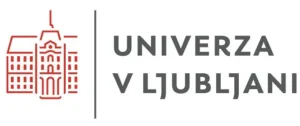News
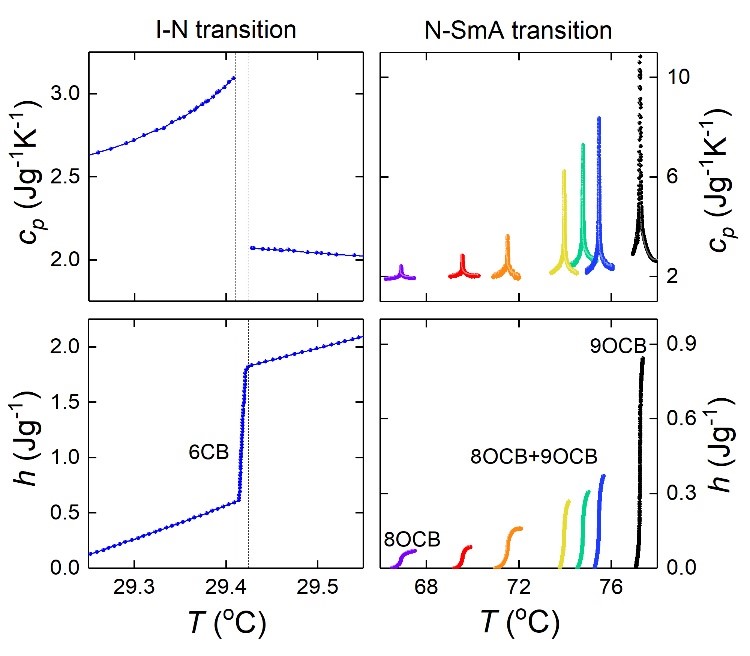
Article in Liquid Crystals
George Cordoyiannis from the Department of Condensed Matter Physics F5 and colleagues from KU Leuven (Belgium) have published an invited review article Review of high-resolution calorimetric studies of cyanoalkylbiphenyl and cyanoalkoxybiphenyl liquid crystals and related compounds in Liquid Crystals for the 50 years anniversary from the discovery of the important family of cyanobiphenyl compounds. This review gives an overview of different calorimetric methods and highlights important high-resolution calorimetry measurements on these compounds over the last 50 years.
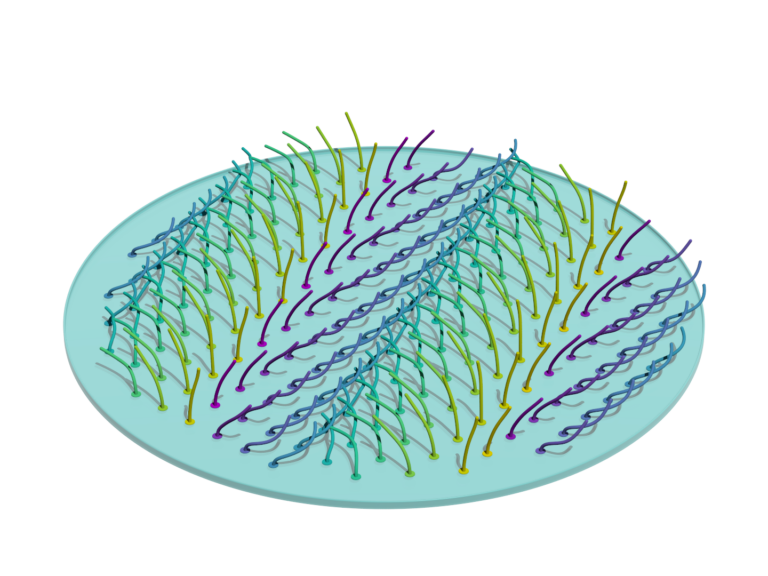
Article in Proceedings of the National Academy of Sciences
Andrej Vilfan from the Department of Condensed Matter Physics F5 and colleagues from Germany and Great Britain have published an article in the journal Proceedings of the National Academy of Sciences with the title Nonreciprocal interactions give rise to fast ciliumsynchronization in finite systems. Motile cilia are hairlike organelles that, at sufficient density, can synchronize hydrodynamically with their neighbors to form a metachronal wave. We use a minimal model of a ciliary carpet that accounts for near-field hydrodynamic coupling between cilia and show that the interaction between cilia can be nonreciprocal. The collective dynamics of an array of cilia is therefore characterized by three different velocities and their directions: the direction of fluid transport, the direction of metachronal waves (phase velocity), and the direction of order propagation (group velocity). The latter determines the time scale of synchronization. Near-field nonreciprocal interactions can therefore give rise to rapid emergence of metachronal waves.

Article in Physical Review Letters
Andrej Vilfan from the Department of Condensed Matter Physics F5 and colleagues from Germany and Great Britain have published an article in the journal Physical Review Letters with the title Lorentz Reciprocal Theorem in Fluids with Odd Viscosity. Fluids with odd viscosity break the time reversal symmetry and consequently the Lorentz reciprocal theorem does not hold. Here we report a way of restoring its validity and demostrate how it can be applied to predict the motion of active particles in such a fluid.
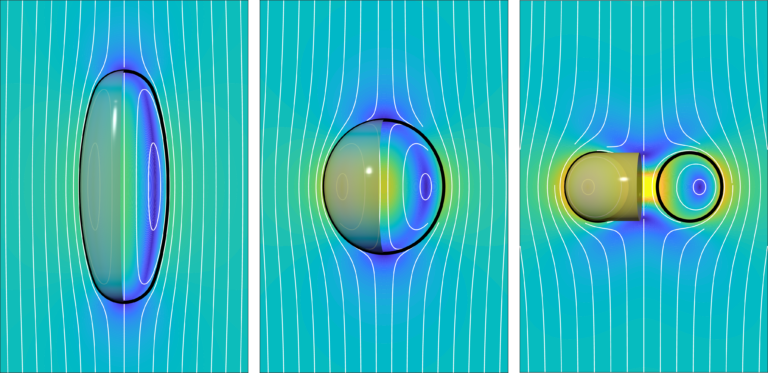
Article in Nature Communications
Andrej Vilfan from the Department of Condensed Matter Physics F5 and colleagues from Germany and Great Britain have published an article in the journal Nature Communications with the title Minimum entropy production by microswimmers with internal dissipation.We derive a general theorem for the minimum dissipation needed by a microswimmer in a viscous fluid, taking into account both external and internal dissipation. The theorem allows us to express a lower bound on dissipation with the drag coefficients of two bodies of the same shape as the swimmer, but with different boundary conditions. Our results show that the entropy production by active microswimmers is subject to different fundamental limits than the entropy production by externally driven particles.
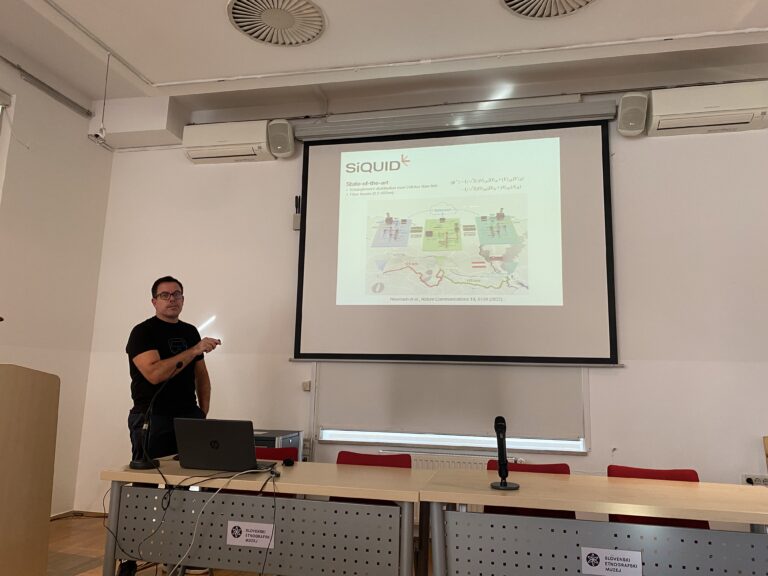
Expert meeting F5
On Friday, October 6, 2023, the second Expert meeting F5 took place at the Slovene Ethnographic Museum in Ljubljana. This year’s discussions were centered on the new laboratories and experimental techniques being established in the Department of Condensed Matter Physics F5. Colleagues prepared a series of informative lectures that, in contrast to the norm, shifted the focus away from the physics content of research. Instead, they emphasized various measurement techniques, improvements in measurement instrumentation, the advantages and disadvantages of the new experimental methods being developed in individual laboratories, and their underlying physical principles.
The presentations covered a range of topics, including adiabatic calorimetry, the utilization of nitrogen-vacancy centers in diamonds, the application of neural networks to address physical problems, enhancements in scanning electron microscopy, 3D printing using two-photon polymerization, and the in-house construction of a polarimeter for analysing light polarization. Additionally, there was a presentation on the European SiQUID project, in which the Ultracool Lab is actively involved.
The Department of Condensed Matter Physics F5 is quite extensive, and crafting a lecture that appeals to physicists with diverse interests can be a significant challenge. Nevertheless, this year’s Expert meeting F5 demonstrated that diversity can be an advantage. It enables the transfer of knowledge between different fields and promotes collaboration in the application of various experimental methods, even in unexpected areas.
